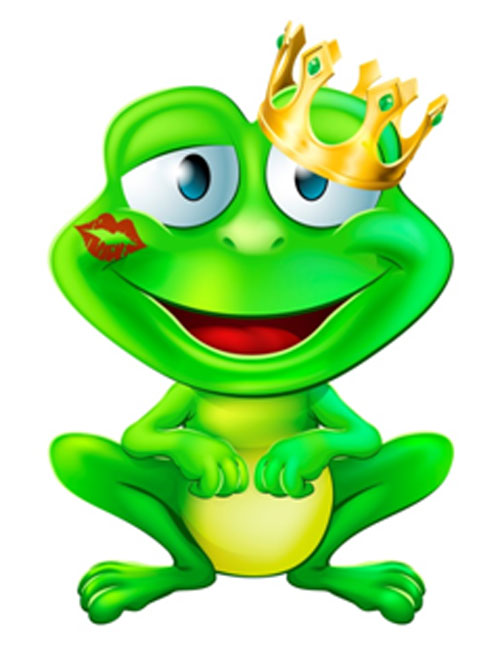
One of the best memories, for a parent or a child growing up, is bed time stories. Trying to squeeze in those extra minutes of being awake by pleading “just one more story please mummy!” is something almost all of us can relate too.
Stories are one the most powerful tools - to educate, entertain and teach moral values. It’s the best way to get lost in another time, place, or world – whether it is fantasy or real. Whether it be a story passed on from generation to generation, or something that is written down in the form of a book or an article – stories are a motivating and influential way of communicating a message.
When it comes to designing a web site, telling a story through different layers is a constructive principal to apply. Through storytelling, we are able to engage people and make them listen. We take a look at different ways to incorporate storytelling into your web design, and how it will help communicate your message (and brand!) effectively.
1. Create a Character

Every great story has a character – he/she will either take an active role in the story, or tell it as an outsider. Regardless of their part in the piece, they personalise it and bring those childhood memories to light that stick in the back of your mind forever.
The same principal applies in web design, and can take place in the form of a mascot. You can make your mascot appear on different pages and offer additional information in a fun and engaging way – this way people will more likely remember you.
2. Add Personality

Stories that lack personality are – to put it bluntly – boring. For a website, people want proof they are connecting with real humans, not some robot. Not only does it build a sense of trust, but it can help you tell a story about your company goals, vision, product and services.
When readers, or visitors, have a clear picture of who is telling the story and even a bit of background, it starts to develop an authentic relationship. This can make a world of difference when people choose between difference services.
3. Images and Illustrations are Essential

From a child’s perspective, a book without pictures is lifeless. They tend to be more visual than adults, and enjoy hearing the enthusiasm in someone’s voice whilst connecting the dots with the bright images that fill the pages.
As we become adults, some still lean towards the visual connections whilst others can happily read a novel and create their own image in their minds. From a web design perspective, it’s good to have all bases covered – you never know what personality type you’re going to have stumble across your site.
For the visual-minded, images and illustrations can be easier to process than text. Images can help our brains identify the context or message, even without reading the words. When designing your website, it’s a good idea to use images where possible then back it up with text.
4. Share the Love with Social Media
The best stories of all time are shared - by being passed on from person to person and then written down, published, duplicated and easily available to the masses. As we move with the new-tech times, sharing stories over tablets, kindles and social media has become the hottest trend.
Regardless of the changing times, the greatest stories are still being shared. This is why it’s crucial in web design to use storytelling as a method of getting visitors to engage with the website and compelling them to share. (Adding social media plugins helps lower the barrier to sharing).
With the help of social media, the community that gets built around your brand becomes your audience – and if you’re telling a story that is worth listening to, with meaning, then people are going to want to share the love.
5. Stimulate the Senses

It’s a proven fact that stories do actually work. Parents read to their children from the earliest of ages because when your senses are stimulated, your brain retains more information. Most of us will have vivid memories from our childhood, our favourite bed time story and all the main characters that played a part in it, right through to a childhood memory – so strong you can almost hear the same sounds and smell the same smells.
If you were to think back to all the websites you have come across – what ones, if any stand out? If it only contained text, chances are you probably don’t remember it. But if it came alive, stimulated your senses and left an impression – like a great story – it will be imprinted in your mind for years to come.














